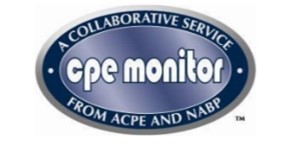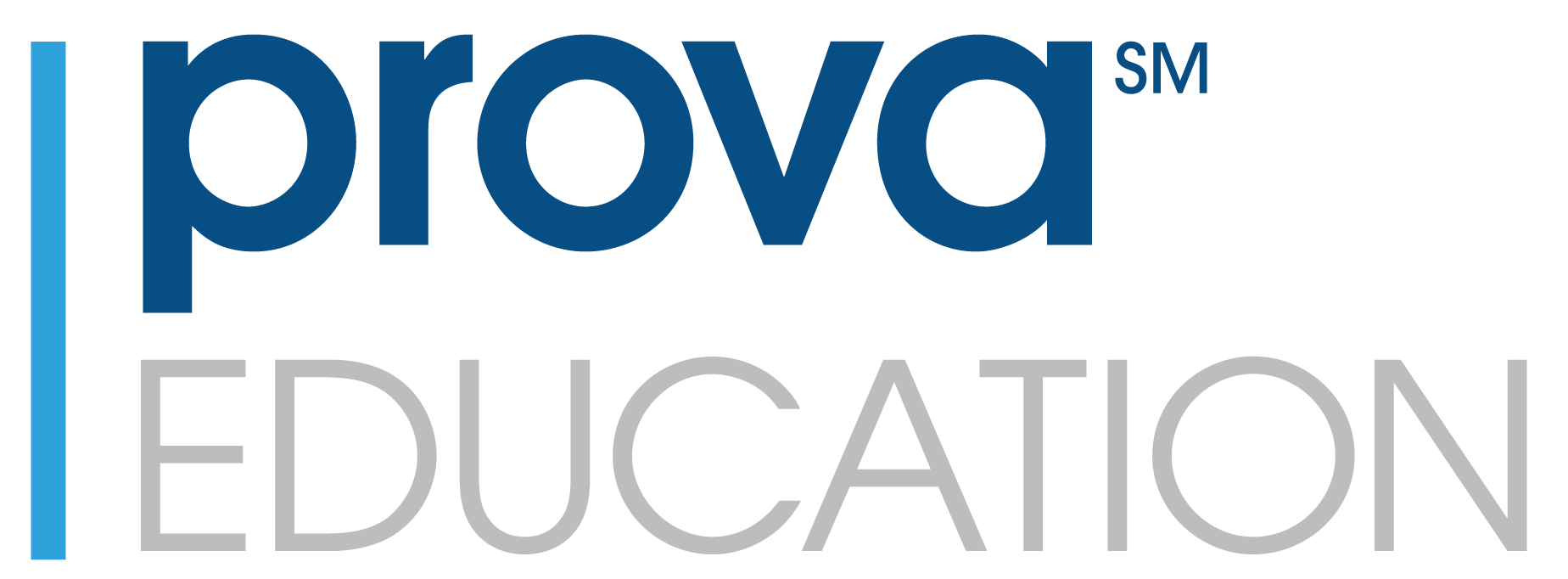This Tweetorial highlights the importance of early recognition and diagnosis of Castleman disease, including the diagnostic and clinical criteria you can use to hasten the identification and treatment of these patients. This activity also emphasizes the importance of a collaborative, multidisciplinary approach among hematologists and hematopathologists when faced with symptom clusters and disease patterns.
Early Recognition and Diagnosis of Castleman Disease
Learning Objectives
- Recognize the clinical burden and consequences of delayed diagnosis in Castleman disease
- Apply current diagnostic and clinical criteria to hasten the identification and treatment of patients with Castleman disease
- Utilize a collaborative, multidisciplinary approach among hematologists, radiologists, and hematopathologists when addressing symptom clusters and disease patterns in a differential diagnosis of Castleman disease
Introduction
Castleman disease (CD) is a collection of rare lymphoproliferative disorders with a heterogeneous clinical presentation and overlapping clinicopathological findings that was first described in the 1950s.1-3 CD can be unicentric (UCD), involving a single enlarged lymph node or region of lymph nodes, or multicentric (MCD), involving multiple lymph node stations.1
Subsets of MCD include those associated with human herpesvirus-8 (HHV-8 MCD), POEMS syndrome (characterized by polyneuropathy, organomegaly, endocrinopathy, monoclonal gammopathy, and skin changes) (POEMS-MCD), and idiopathic MCD (iMCD). iMCD, which accounts for one-third to one-half of all MCD cases, includes iMCD not otherwise specified (NOS) and iMCD with thrombocytopenia, ascites, reticulin fibrosis, renal dysfunction, and organomegaly (iMCD-TAFRO) (Table 1).3 Differences in symptoms, disease course, and treatment vary across CD subtypes.1

The estimated annual incidence of CD in the United States is reported to be between 4,300 and 7,700.1,3 There are no known risk factors for UCD, POEMS-MCD, or iMCD. The primary risk factor for HHV-8 MCD is being immunocompromised. Although CD can be diagnosed at any age from pediatric to elderly, patients with UCD are more commonly diagnosed around the fourth decade of life, and patients with MCD tend to be older (typically the sixth decade of life).1
Symptoms of CD range from mild to severe and overlap with other more common diseases including hematologic malignancies and autoimmune disorders.1,3-5 This, combined with the relative rarity of the disease, can lead to prolonged periods where patients go undiagnosed despite multiple interactions with healthcare providers, which can lead to prolonged periods without appropriate treatment.6-8 Given the morbidity associated with CD, a timely diagnosis can facilitate improved outcomes and quality of life for patients.
Diagnosis
The diagnosis of CD is challenging due to its heterogeneous clinical presentation that overlaps with other disorders and the need for expert histopathologic review of lymph nodes. An ideal and comprehensive workup includes a complete blood count (CBC), inflammatory markers, direct antiglobulin test, liver function tests, albumin, creatinine, serum protein electrophoresis with immunofixation, urinalysis, HIV/HHV-8 testing, PET/CT, and excisional lymph node biopsy.1
An excisional lymph node biopsy is necessary for diagnosis, regardless of CD subtype. Fine-needle aspiration and core-needle biopsy can be informative to rule out malignancy, but they are inadequate for a diagnosis; however, a diagnosis of CD may be suggested if the diagnostic features are observed on core biopsy.9
The hyaline vascular (HV) variant of CD has a hypervascular histopathology and is commonly characterized by increased vascularity with hyalinization prominence of often dysplastic follicular dendritic cells, regressed atretic germinal centers, and expanded mantle zones composed of concentric rings of small lymphoid cells with an onion-skin appearance. The plasma cell (PC) variant of CD has a plasmacytic histology and is generally distinguished by the presence of large aggregates and sheets of PCs in the interfollicular regions and hyperplastic germinal centers. The PC variant of CD most commonly occurs in HHV-8 MCD, iMCD, and POEMS-MCD. Mixed histopathology includes CDs with both HV and PC characteristics and is found in both UCD and iMCD. The relative spectrum of histologic findings across CD classifications is included in Figure 1.1 Upon observation of classic CD histopathologic features, additional studies are necessary to rule out closely related disorders.1
Figure 1. Classification of CD

CD, Castleman disease; FDC, follicular dendritic cell; HHV-8, human herpesvirus-8; HIV, human immunodeficiency virus; iMCD, idiopathic multicentric Castleman disease; MCD, multicentric Castleman disease; NOS, not otherwise specified; POEMS, polyneuropathy, organomegaly, endocrinopathy, monoclonal gammopathy, and skin changes; TAFRO, thrombocytopenia, ascites, reticulin fibrosis, renal dysfunction, organomegaly.
The morphological evaluation of the excisional lymph node should include grading of key features, such as the presence of regressed germinal centers, follicular dendritic cell prominence, hypervascularity in both germinal centers and paracortical area, presence of interfollicular plasmacytosis, and degree of germinal center hyperplasia.9,10
UCD
A single lymph node or region of lymph nodes with CD histopathology is adequate to diagnose UCD in asymptomatic patients. For patients with symptoms including B symptoms, rash, dyspnea, or peripheral neuropathy, further evaluation is needed to exclude paraneoplastic pemphigus, bronchiolitis obliterans, and POEMS syndrome.
MCD
Diagnostic criteria has been established for iMCD and requires meeting both major criteria (CD histopathologic lymph node and enlarged lymph nodes in at least two lymph node stations) and at least two minor criteria including at least one laboratory criterion (Table 2). Elevated interleukin (IL)-6, soluble IL-2 receptor, vascular endothelial growth factor (VEGF), immunoglobulin (Ig) A, IgE, lactate dehydrogenase, and/or b2-microglobulin support a diagnosis but are not required for a diagnosis. Further subclassification is needed of iMCD is recommended. iMCD-TAFRO should be considered for very ill patients.
Table 2: Diagnostic Criteria for iMCD
In a patient with multicentric lymphadenopathy and CD histopathology, positive testing for HHV-8 establishes a diagnosis of HHV-8 MCD. Patients with MCD who are negative for HHV-8 may have co-occurring POEMS, referred to as POEMS-MCD.
Collaboration between clinicians and pathologists is imperative to facilitate the diagnosis of CD. Consensus recommendations for the completion of the pathology requisition form and pathology report for suspected iMCD are included in Figure 2.9
Figure 2: Expert Consensus Recommendations to Facilitate an Integrated Diagnosis of iMCD.
Treatment
Surgical removal is the mainstay of UCD treatment, regardless of histopathology. Observation is recommended for patients with unresectable asymptomatic UCD, and rituximab with or without steroids or anti-IL-6 treatment is recommended for those patients with symptomatic UCD.5
A full evaluation should be conducted to assess disease severity for patients meeting the diagnostic criteria for iMCD. Regardless of severity, anti-IL-6 therapy is the basis for initial treatment.4 The anti-IL-6 monoclonal antibody siltuximab is currently the only agent approved by the US Food and Drug Administration. Approval was based on a phase 2 study demonstrating a 34% response rate.11 Tocilizumab, another monoclonal antibody directed against the IL-6 receptor, is a recommended alternative when siltuximab is unavailable.4 The addition of cytotoxic chemotherapy is recommended for patients with severe disease who progress on anit-IL-6 treatment. Rituximab, with or without immunomodulators, is recommended for those with mild or moderate disease who do not respond to IL-6-directed treatment.4 Real-world data from the ACCELERATE study suggest that patients treated with IL-6-directed treatment (siltuximab or tocilizumab) combined with corticosteroids achieve over a 50% response.12 A practical treatment algorithm is included in Figure 3.
Figure 3: Treatment Algorithm for iMCD.

Rituximab-based therapy has improved 5-year overall survival (OS) for patients with HHV-8 MCD.13 Standard therapy for multiple myeloma is recommended for patients with concurrent POEMS syndrome and MCD who have osteosclerotic lesions and peripheral neuropathy symptoms. Data are limited for patients without MCD-POEMS and no bone lesions, but siltuximab, rituximab, and PC-directed immunomodulatory therapy can be considered.1
Outlook
Life expectancy for patients with UCD is more than 10 years and approaches that of the general population.14 For patients with HIV-negative MCD, 5-year OS was 65%, but the use of anti-IL-6 treatment appears to have improved OS, emphasizing the importance of a rapid, definitive diagnosis and subsequent recommended therapy.15,16
- Dispenzieri A, Fajgenbaum DC. Overview of Castleman disease. Blood. 2020;135(16):1353-1364.
- Castleman B, Iverson L, Menendez VP. Localized mediastinal lymphnode hyperplasia resembling thymoma. Cancer. 1956;9(4):822-830.
- Carbone A, Borok M, Damania B, et al. Castleman disease. Nat Rev Dis Primers. 2021;7(1):84.
- van Rhee F, Voorhees P, Dispenzieri A, et al. International, evidence-based consensus treatment guidelines for idiopathic multicentric Castleman disease. Blood. 2018;132(20):2115-2124.
- van Rhee F, Oksenhendler E, Srkalovic G, et al. International evidence-based consensus diagnostic and treatment guidelines for unicentric Castleman disease. Blood Adv. 2020;4(23):6039-6050.
- Fu D, Yang B, Yang M, et al. Misdiagnosis of renal pelvic unicentric Castleman disease: a case report. Front Surg. 2023;10:1225890.
- Gou H, Fan J, Luo M, Liu S, Yang X, He K. Castleman disease misdiagnosed as pancreatic neuroendocrine tumor by fine needle aspiration biopsy. Am Surg. 2023;89(6):2979-2981.
- Liu M, Zhou J, Zhu W, Huo L, Cheng W. Mesenteric Castleman disease misdiagnosed as lymph node metastasis of rectal cancer on 18F-FDG PET/CT. Clin Nucl Med. Published online September 7, 2023. doi:10.1097/RLU.0000000000004832
- Montes-Moreno S, Climent F, Fraga M, et al. Expert consensus on the integrated diagnosis of idiopathic multicentric Castleman disease. Rev Esp Patol. 2023;56(3):158-167.
- Fajgenbaum DC, Uldrick TS, Bagg A, et al. International, evidence-based consensus diagnostic criteria for HHV-8-negative/idiopathic multicentric Castleman disease. Blood. 2017;129(12):1646-1657.
- van Rhee F, Wong RS, Munshi N, et al. Siltuximab for multicentric Castleman’s disease: a randomised, double-blind, placebo-controlled trial. Lancet Oncol. 2014;15(9):966-974.
- Pierson SK, Lim MS, Srkalovic G, et al. Treatment consistent with idiopathic multicentric castleman disease guidelines is associated with improved outcomes. Blood Adv. Published online September 1, 2023. doi:10.1182/bloodadvances.2023010745
- Bower M, Newsom-Davis T, Naresh K, et al. Clinical features and outcome in HIV-associated multicentric Castleman’s disease. J Clin Oncol. 2011;29(18):2481-2486.
- Castleman Disease Collaborative Network. Accessed September 23, 2023. https://cdcn.org/castleman-disease/prognosis/
- Dispenzieri A, Armitage JO, Loe MJ, et al. The clinical spectrum of Castleman’s disease. Am J Hematol. 2012;87(11):997-1002.
- Cohen AB, Swaminathan A, Wang X, et al. Clinical characteristics, treatment patterns, and overall survival of real-world patients with idiopathic multicentric Castleman disease. J Clin Oncol. 2021;39(15_suppl):7048.


 In support of improving patient care, Global Learning Collaborative (GLC) is jointly accredited by the Accreditation Council for Continuing Medical Education (ACCME), the Accreditation Council for Pharmacy Education (ACPE), and the American Nurses Credentialing Center (ANCC) to provide continuing education for the healthcare team.
In support of improving patient care, Global Learning Collaborative (GLC) is jointly accredited by the Accreditation Council for Continuing Medical Education (ACCME), the Accreditation Council for Pharmacy Education (ACPE), and the American Nurses Credentialing Center (ANCC) to provide continuing education for the healthcare team. Global Learning Collaborative (GLC) designates this activity for .025 contact hours/0.025 CEUs of pharmacy contact hours.1
Global Learning Collaborative (GLC) designates this activity for .025 contact hours/0.025 CEUs of pharmacy contact hours.1 
